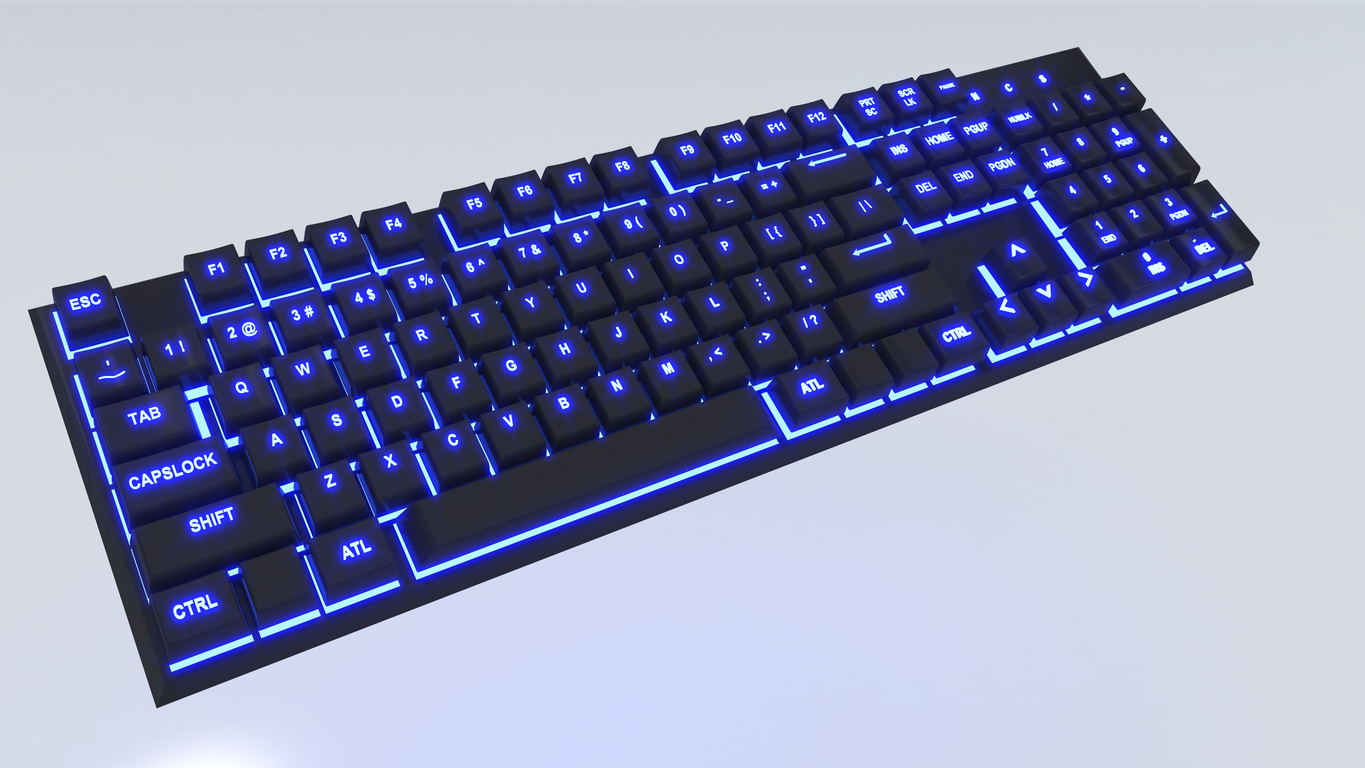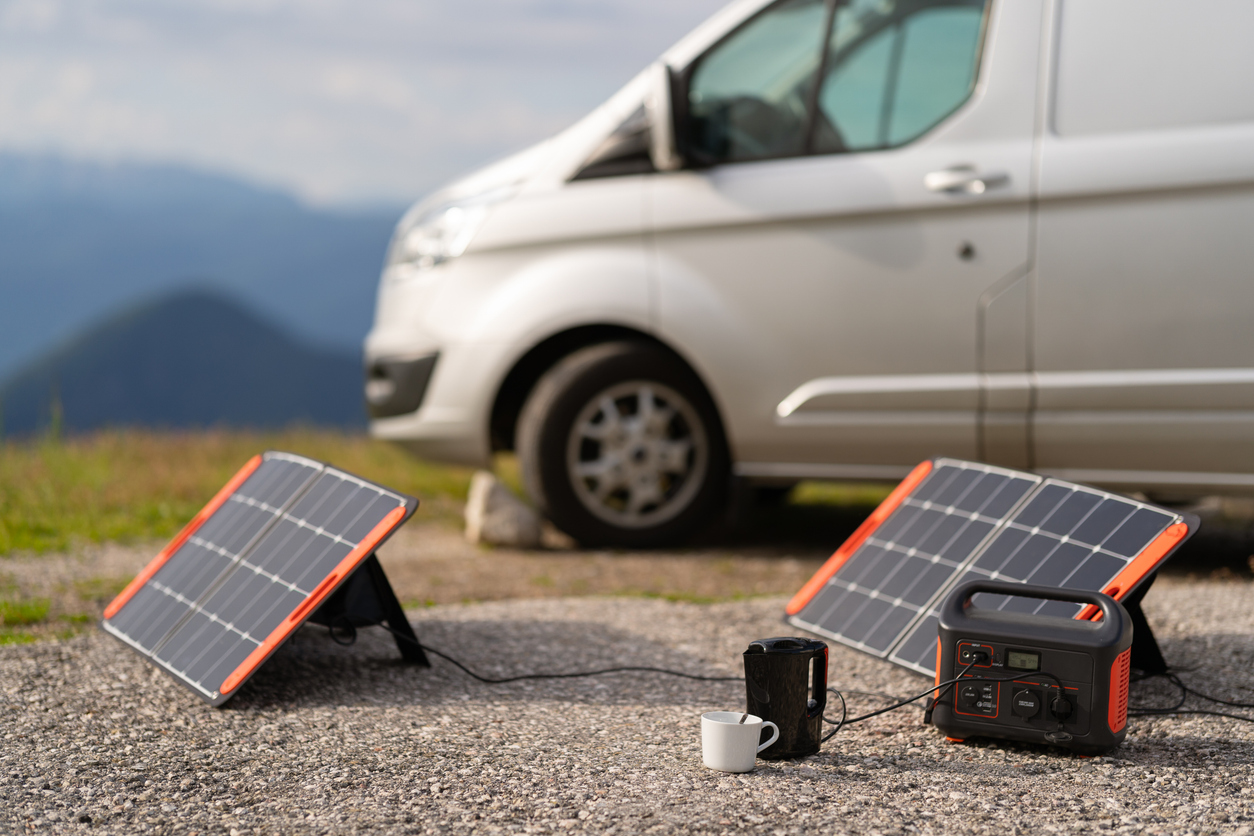Introduction to Cooling Systems: Ductless AC and Traditional AC
When we talk about cooling our homes, there are mainly two players on the field: Ductless AC and Traditional AC systems. Traditional AC, or central air conditioning, has been the go-to for decades. It works by cooling air at a central location and then distributing it through ducts to different rooms. On the other hand, Ductless AC, also known as mini-split systems, functions without the network of ducts. These systems have an outdoor unit and one or more indoor units that directly cool the room they are in. Ductless AC systems are gaining popularity for their flexibility and efficiency. They allow for individual room temperature control, which can lead to energy savings since you’re only cooling the spaces you use. Whether you’re building a new home or looking to upgrade your current cooling system, understanding the differences between these two can help you make the right choice for your comfort and your wallet. If you start searching the options below, you can find the best deals for you.
What is Ductless AC?
Ductless AC, often called a mini-split system, is a type of air conditioner that doesn’t need ductwork to cool your home. It’s split into two parts: an outdoor unit and one or more indoor units. The outdoor and indoor units are connected by a small pipe that carries refrigerant. Ductless systems are great for adding air conditioning to spaces without existing ducts, like additions to homes, garages, or rooms that get too hot. They’re energy-efficient, easy to install, and you can control the temperature in each room individually. This makes ductless AC a smart choice for people wanting comfort without a big hassle.
Understanding Traditional Air Conditioning Systems
Traditional air conditioning systems are what you often think of when you imagine AC in a house. They work by using a central unit that cools air and then pushes it through ducts to spread it around the building. This system relies heavily on an extensive network of ducts hidden in the walls and ceilings. The big plus? It can cool your entire house quickly. The downside is that installing and maintaining those ducts can be pricey and they require a lot of space, which might not work in all homes. Also, because air is spread through ducts, energy can be lost along the way, making it less efficient than some newer systems. In terms of cost, traditional AC systems tend to have a higher upfront price tag for installation, especially if your home isn’t already equipped with ductwork. On the flip side, these systems have been around for decades, which means most technicians are familiar with them, so finding someone for repairs isn’t a big hassle.
Key Differences Between Ductless AC and Traditional AC
Ductless AC, also known as mini-split systems, and traditional AC units seem to do the same job: they cool your place down. But, the way they go about it is pretty different. Let’s break it down simply. First off, ductless AC units are compact and are installed right where you need them, meaning they directly cool a specific area without the need for ducts running through your home. Traditional AC systems, on the other hand, use a network of ducts hidden away in walls or ceilings to spread cool air throughout your place.
Now, installation is another point where they part ways. Getting a ductless system in place is usually less invasive and can be done quicker. You just need a small hole in the wall for the unit. Traditional systems? They might require some construction work if ducts aren’t already set up in your house, making it a bit more of a hassle.
Energy efficiency is a big win for ductless units. They let you control temperatures in individual rooms, meaning you’re not cooling spaces nobody’s using. Traditional systems cool the whole house at once, which can be more wasteful.
Cost-wise, a ductless AC might seem pricier upfront per unit but can save you money in the long run thanks to the energy efficiency. The initial setup for traditional AC could be less expensive if your home already has ducts, but operating costs could be higher over time.
So, choosing between ductless AC and traditional systems boils down to what’s important for you: focused cooling and efficiency, or whole-house cool with a potentially bigger initial setup. Each has its perks and depends on your cooling needs and house setup.
The Pros of Installing a Ductless AC System
Ductless AC systems, also known as mini-split systems, offer several advantages over traditional central air conditioning units. First off, they’re more energy-efficient. Ductless systems allow you to control temperatures in individual rooms, avoiding the waste of cooling unoccupied spaces. This targeted cooling can lead to significant savings on your energy bills. Installation is another area where ductless systems shine. Without the need for extensive ductwork, they can be installed almost anywhere in your home with much less disruption and in less time. These systems also provide improved indoor air quality. Since there are no ducts for dust and allergens to accumulate in, ductless AC systems are less likely to push these particles around your home. Lastly, ductless systems offer flexibility in interior design because of their small size and the fact they can be mounted on walls or ceilings. This makes it easier to maintain the aesthetic appeal of your rooms without having to design around bulky ductwork or vents. In short, the pros of a ductless AC system include energy efficiency, easy and less invasive installation, better air quality, and more flexibility in home design.
Benefits of Sticking with Traditional AC Systems
Traditional AC systems have been cooling homes long before ductless systems came into the picture. They’ve stood the test of time for a few solid reasons. First off, traditional AC units are known for their power to evenly cool large homes. They push cool air through ducts and make sure every room gets its share. This is especially great for families living in bigger homes who want consistent temperatures throughout.
Another plus is the cost aspect. While the initial setup for a ducted system might be higher due to the need for ductwork, in the long run, maintenance and repair tend to be more straightforward and less costly. This is because traditional systems have been around longer, making parts more accessible and technicians more experienced in fixing them.
Additionally, for those who value aesthetic uniformity, traditional systems can be less intrusive. The main components are usually out of sight, either behind walls or discreetly placed outdoors. You don’t have to worry about units hanging on walls in each room, which can clash with home decor.
Lastly, for the air quality conscious, traditional systems with updated filtration options can work wonders. They allow for the installation of advanced filters that cleanse the air as it circulates, reducing allergens and pollutants throughout the entire house.
So, if you’re contemplating between ductless and traditional AC units, consider these points about traditional systems. They offer consistent cooling, cost-effectiveness over time, blend well with your home’s aesthetics, and can be upgraded to improve air quality. The right choice depends on what you value most for your comfort and lifestyle.
Installation Process: Ductless AC vs. Traditional AC
Installing a ductless AC system is simpler and quicker than putting in a traditional AC system. Let’s break it down. For a ductless AC, technicians mount an indoor unit directly on the wall or ceiling and connect it to an outdoor compressor through a small hole in the wall. That’s pretty much it. You don’t need to worry about big renovations or opening up walls to install ductwork. This setup works great if you’re adding air conditioning to a room or a new section of your house without existing ductwork. On the other hand, traditional AC systems require a network of ducts to carry cool air throughout your home. If your house doesn’t already have ducts, installing them can be a massive project. It often involves cutting into walls, ceilings, and sometimes even floors. This means more time, more mess, and yes, more money. So, if you’re looking for a straightforward and less invasive way to cool your home, a ductless AC system might be the way to go. But remember, traditional systems have their benefits, especially if your home is already equipped with ducts.
Energy Efficiency Comparison
Ductless AC systems are top-notch when it comes to energy efficiency. These units target specific zones in your home, meaning they don’t waste energy cooling spaces nobody’s using. Traditional systems, on the other hand, cool your entire house, which can be like pouring water into a sieve when everyone’s gathered in one room. Ductless systems adjust their output based on the room’s needs, slashing energy use. On average, you could see a 20 to 30 percent reduction in energy consumption compared to traditional central air systems. So, if you’re eyeing lower monthly bills and a greener footprint, ductless could be your go-to.
Maintenance and Longevity: What to Expect
Ductless AC systems, also known as mini-split systems, tend to require less maintenance than traditional HVAC systems. This is mainly because they have fewer components that could break down. You’re mainly looking at keeping the filters clean and ensuring the outdoor unit is free from debris. Expect to do this a couple of times a year. On the other hand, traditional systems need regular checks on ductwork, filters, and more moving parts. As for longevity, ductless units can last up to 20 years if well maintained, while traditional systems might start showing their age after 15 years. However, the real game-changer is how you take care of them. Regular maintenance not only extends their life but also keeps them running efficiently. So, whether you choose ductless or stick with traditional, staying on top of maintenance is key.
Making the Right Choice for Your Home: Conclusion
Deciding between a ductless AC system and a traditional system comes down to your home’s specific needs, budget, and future plans. Ductless systems offer flexibility, energy efficiency, and are ideal for homes without existing ductwork or for room additions. They’re quieter and quicker to install but can have a higher upfront cost. Traditional systems, on the other hand, might be a better choice for homes with existing ductwork, offering a consistent temperature across the entire house and potentially lower installation costs if ducts are already in place. However, they can be less energy efficient and might distribute allergens through the ducts. Consider not just the initial costs but also the long-term energy savings and comfort of your home. Ultimately, the right choice balances your immediate needs with your future plans and energy goals. Whether it’s the innovative ductless system or the tried-and-true traditional system, make the choice that suits your home best.
















